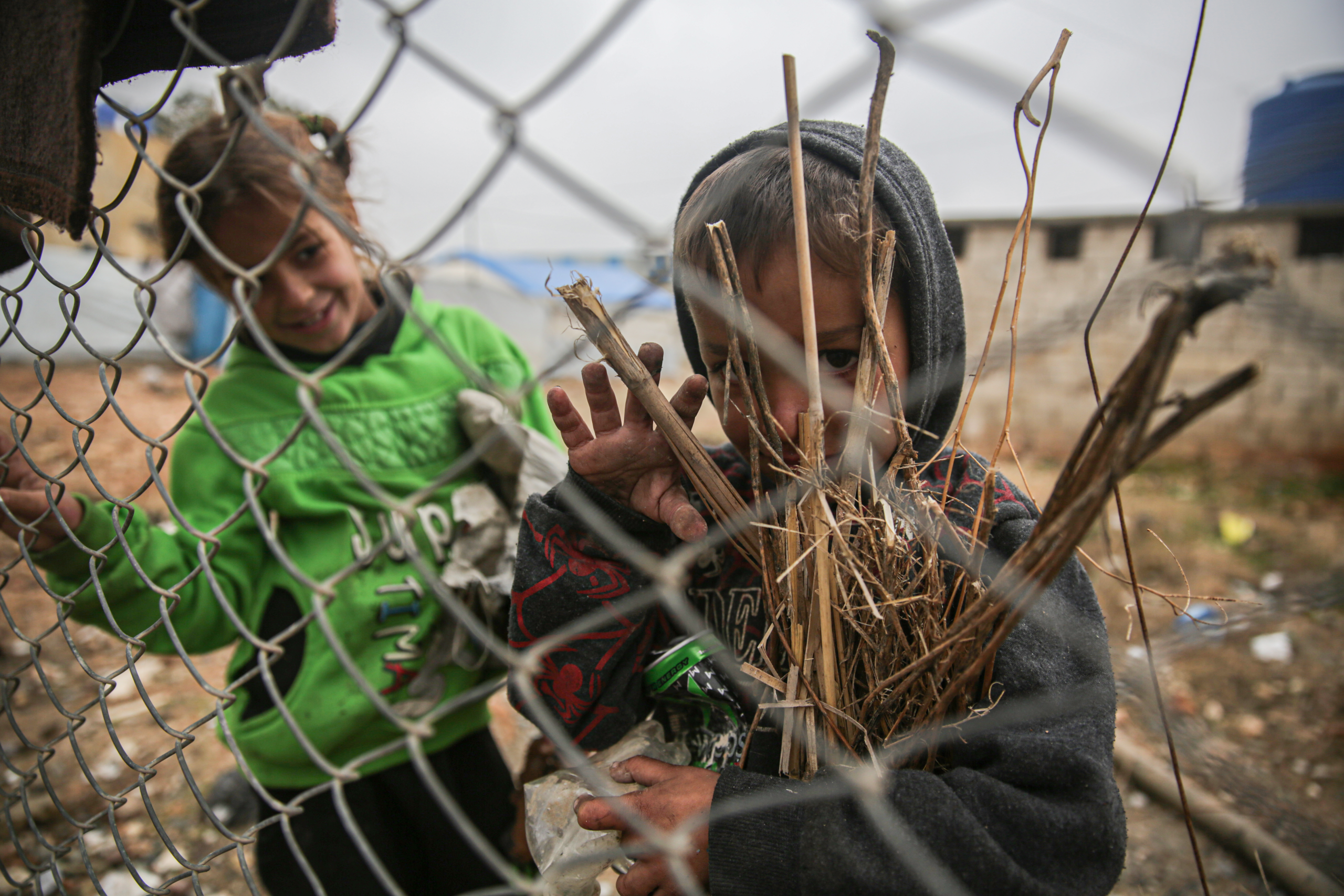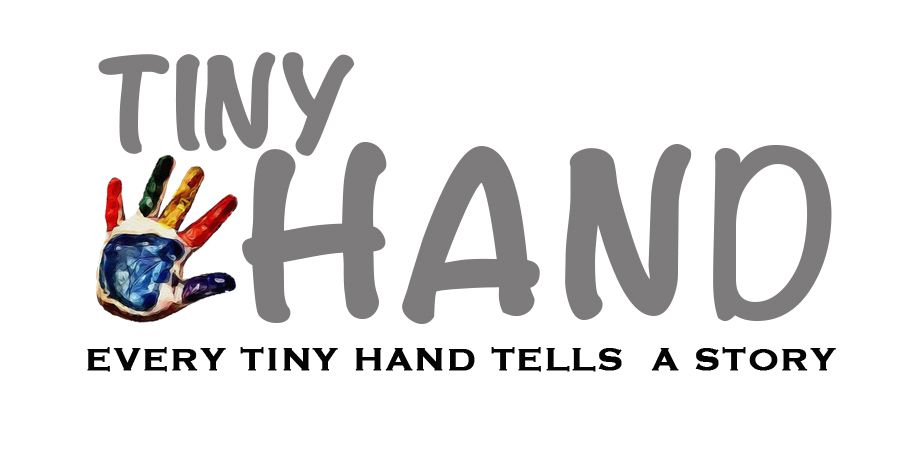"Hold My Tiny Hand and Accompany Me in the Ruined Country"
Images of the arduous, difficult paths Syrian children were forced to take

Anywhere but Syria!
After ten years of war, the vast majority of Syrian children cannot imagine a future in their country. The long years of ongoing conflict left the internally displaced children with no sense of belonging to Syria!
Almost three million children, with their families, have escaped violence several times in search ofsafety and security.
Every child has a story to tell. Despite some nuances in such stories, the pain of all children is almost one: the loss of a father, mother or both; the loss of a school, a house and education; the loss of the sense of safety and security, in addition to the unknown future ahead of them.
Let’s get started from “Anywhere but Syria” Why?!
“The first photo in this series was taken in August 2019. However, Syrian children’s journey has not come to an end yet. There are still other phases we are working to document and will display in upcoming reports.
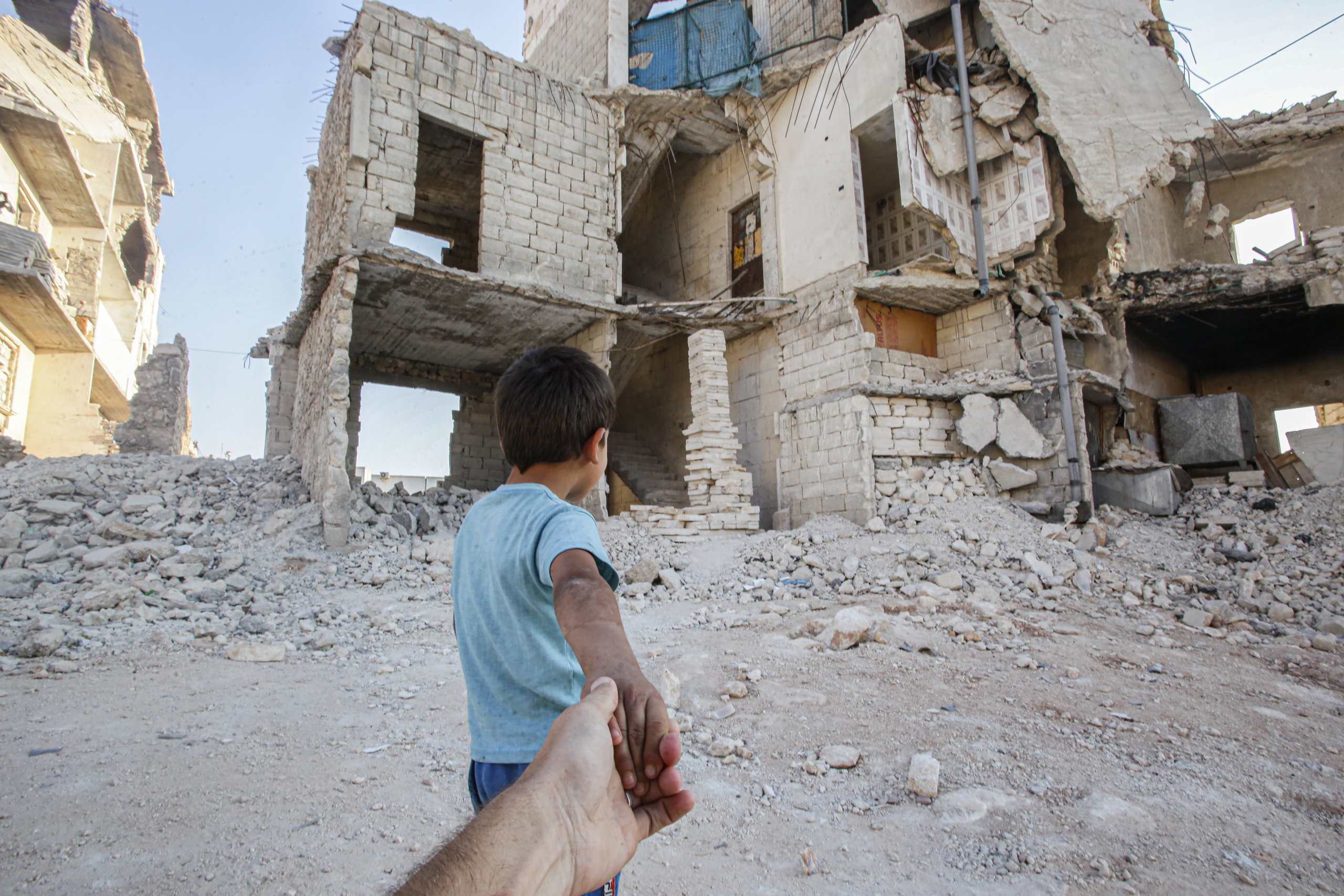
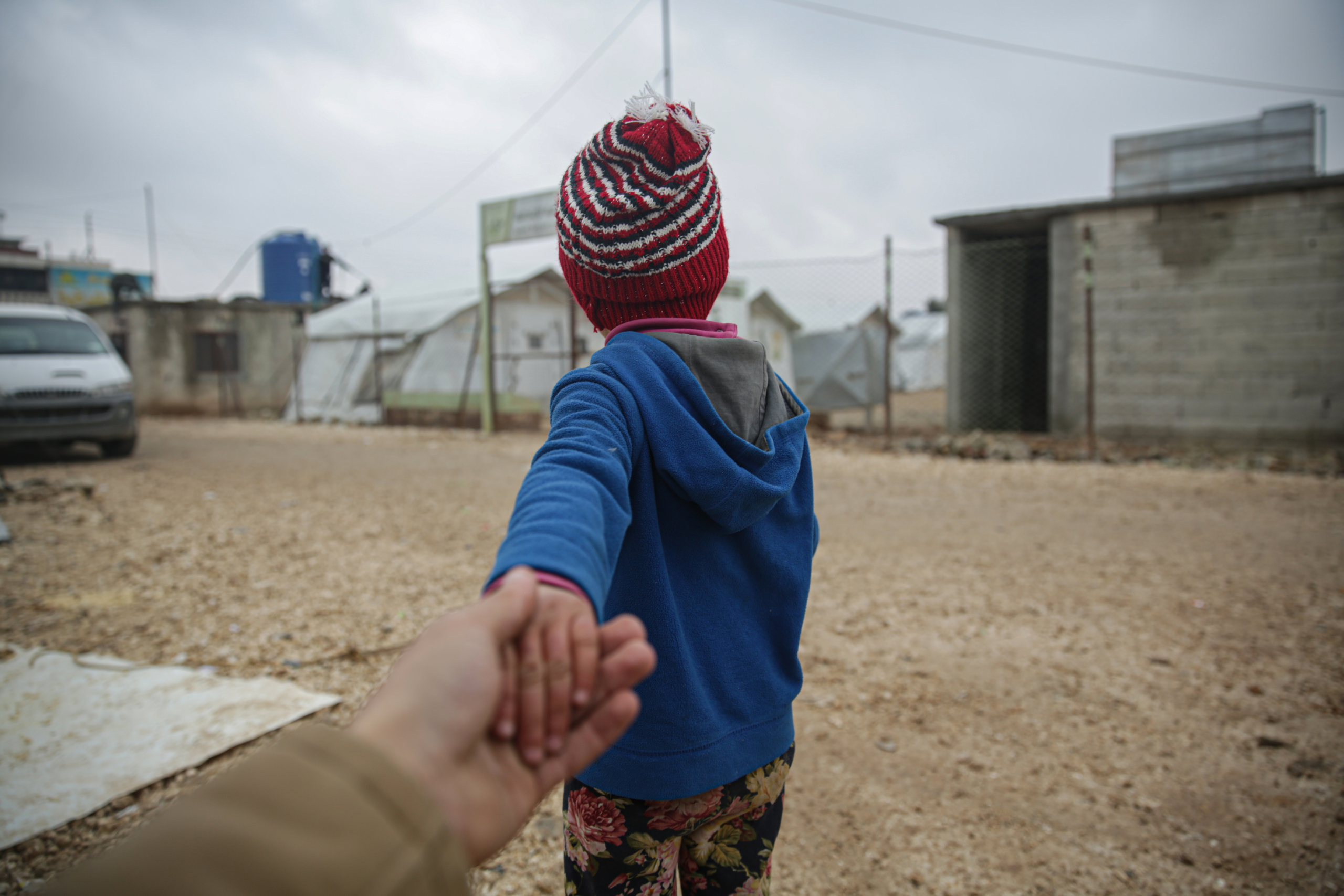

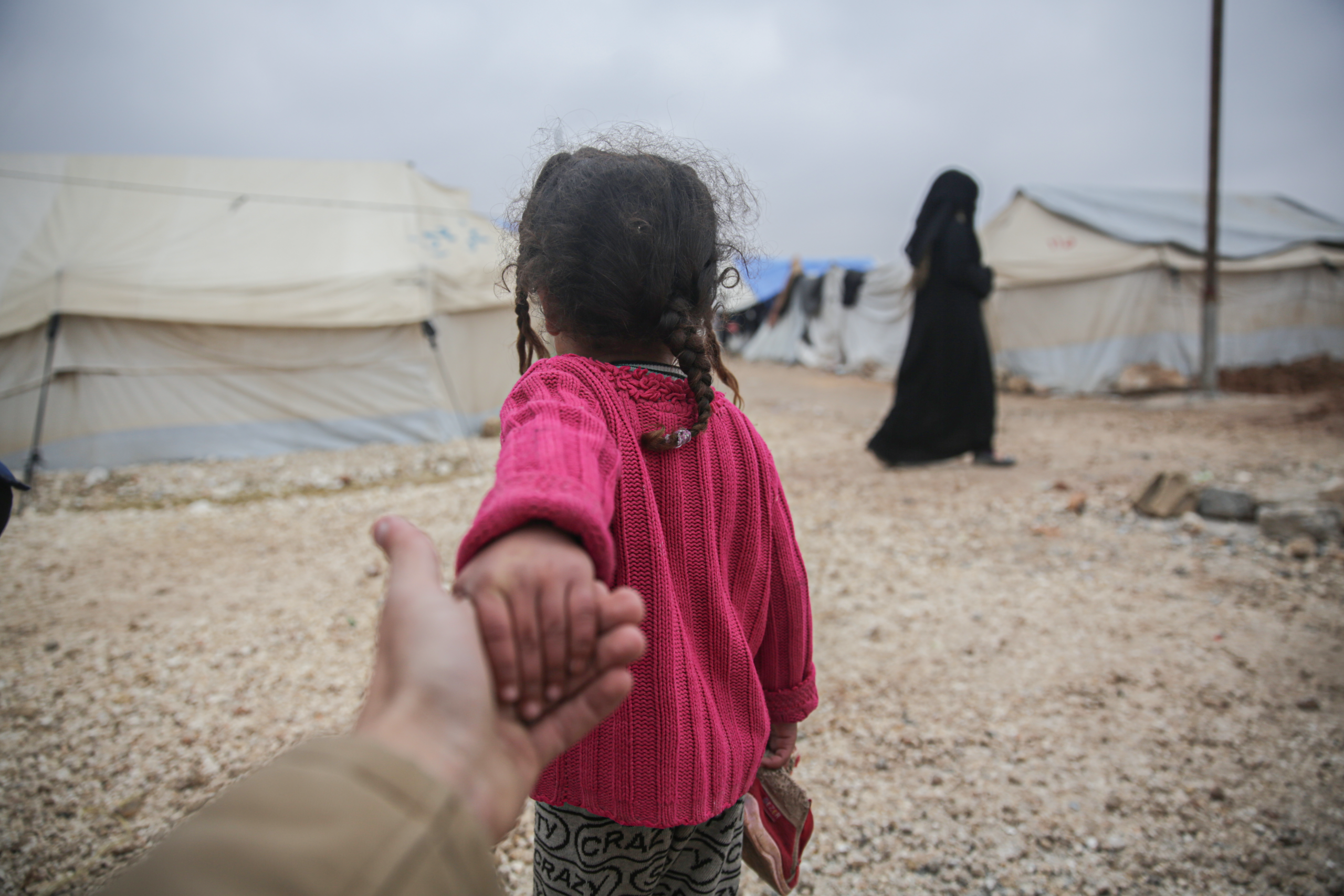
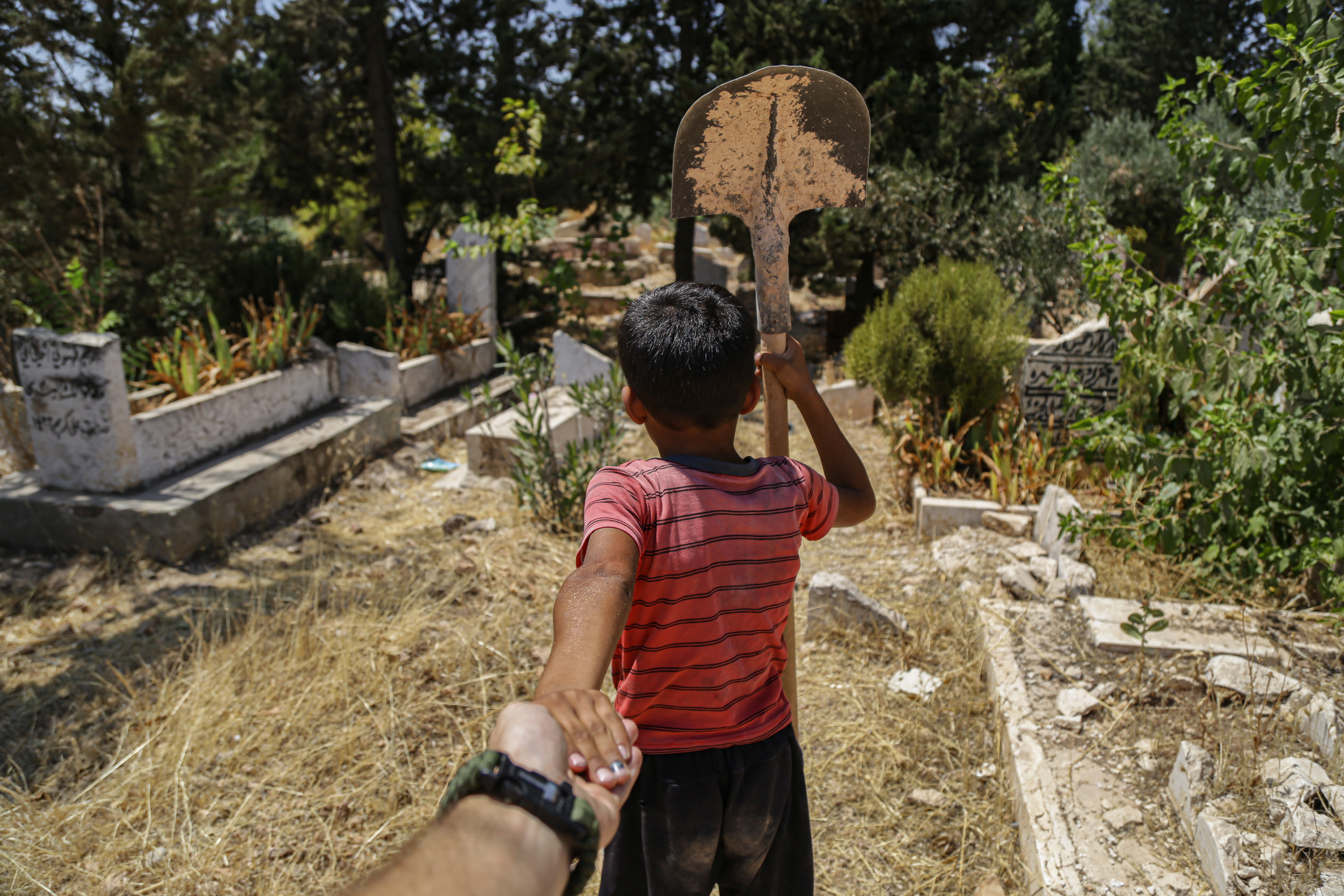
“It all started in the summer when my father promised to take me back home by winter. I heard him whispering in my mother’s ear telling her he hopes to go back home before the cold season begins forhe has to restore and fix some problems in the house since part of it has been collapsed in a missile attack.
But we did not come back! Winter has come then spring and here we are once again. We never went anywhere and summer came again. But this summer was different as my father died! My mother told me that he went up to the sky and was watching me from above,” said Yousef.
After that summer, the 12-year-old Yousef decided to stop counting days and seasons, and lost hope of going back home and leaving the refugee tent. However, his eyes kept staring at the sky asking himself questions like, “Does my father sleep there on a warm bed? Does he experience hunger sometimes?”
Yousef lives with his mother and sister in a refugee camp tent to the north of Idlib. There, he strives along with other children who escaped their homes seeking safety and security.
According to Save the Children's report entitled “Anywhere but Syria”, one in three internally displaced Syrian children would rather be living in another country.
Lara, 7, is one of these children. Three years ago, she was forced to escape Maarrat Al-Nu’man, a village in Idlib, after her family was displaced several times. Now, she lives in a refugee camp in Idlib.
“I wish to live in any country other than Syria, where it would be safe and there are schools and toys,” said Lara, “It’s not safe here, the barking of dogs scares me and the tent is not safe.”
On average, 86percent of Syrian refugee children surveyed in Jordan, Lebanon, Turkey and the Netherlands said they would never want to return to their country
Of all the surveyed children surveyed, the internally displaced ones feel they are the least connected to their communities. They were significantly more likely to report having experienced discrimination than their peers in Jordan or Lebanon, despite being in their mother country.
Inside Syria, 58 percent reported being discriminated against, of whom 44 percent experienced discrimination in their neighborhood, camp or school. Of these children, five displaced girls, who were friends aging no more than 13 years, reached the point of attempting mass suicide.
That incident took place in a camp in northern Syria when Reem, a nickname, and her friends got fed up with feeling inferior to other children in the camp. They did not like their clothes; food was not enough for them; and life was like hell there.
The girls decided to take medications separately in their tents at a specified time they agreed upon. One of the girls’ mother heard about that and hurriedly sought help and consultation from a humanitarian organization that intervened right on time and prevented the catastrophe from happening!
This is My School Where 40 Children Were Killed
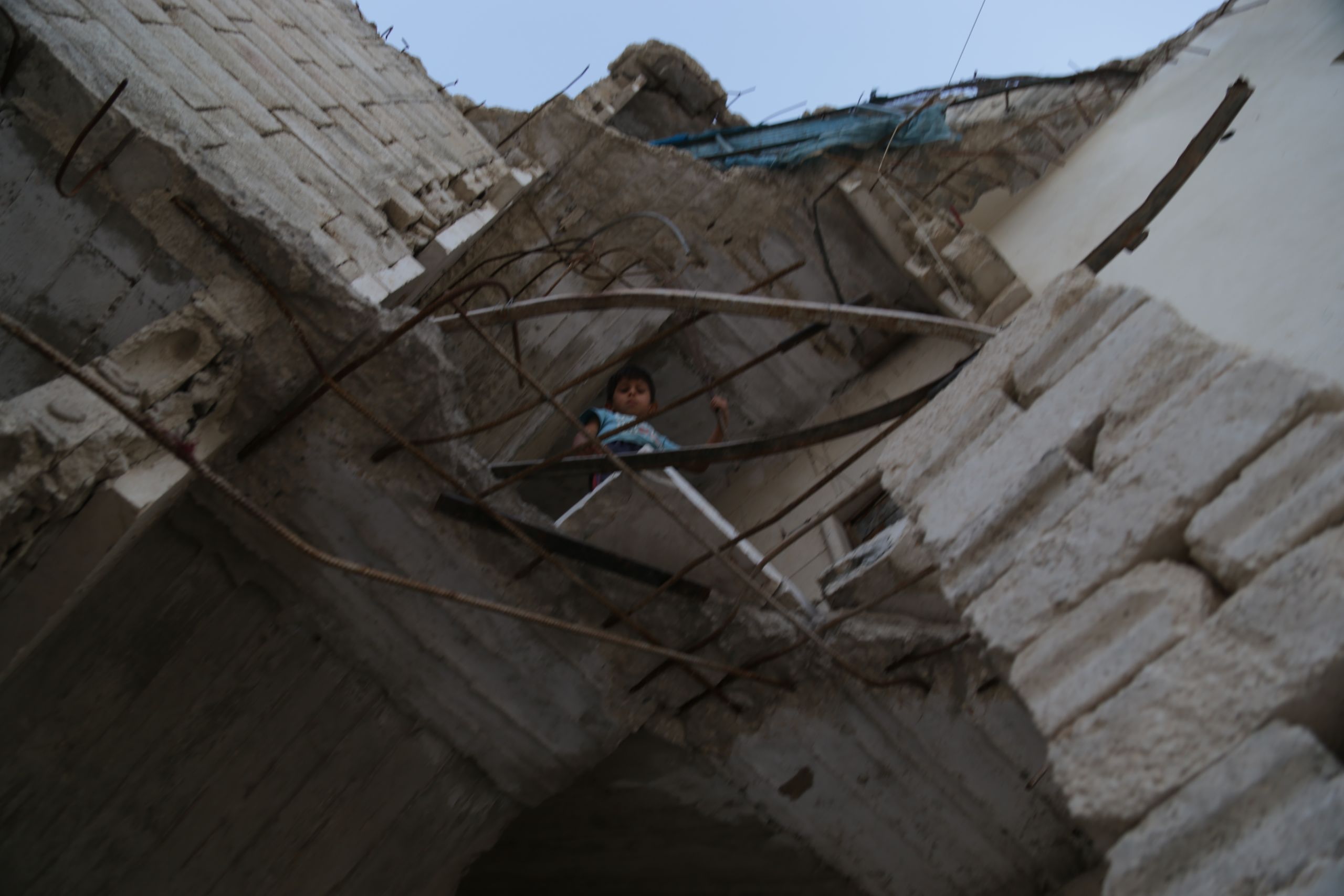
Distances between the streets of Syria’s cities and villages are not measured in kilometers. Mahmoud, 14, has replaced that by counting the number of destroyed buildings and schools in every neighborhood. For him, identifying time is not linked to what watch reads, but to what he feels.
The fear that seized him when he was sitting last time on his school desk in the village of Hass couldnot be measured by the minutes taken by the military aircraft that bombarded his school that day in 2016.
“Suddenly, the windows shattered and the doors flew in the air,” said Mahmoud “At this moment, the teacher asked us to hide under our desks.”
When the attack came to an end, Mahmoud ran home leaving everything behind: his books, school bag, and the dream of continuing his education.
“I saw my mother running barefoot on the road, weeping and searching for me,” he said “She pulled me into a deep hug. She was afraid I might have been hit by the shelling.”
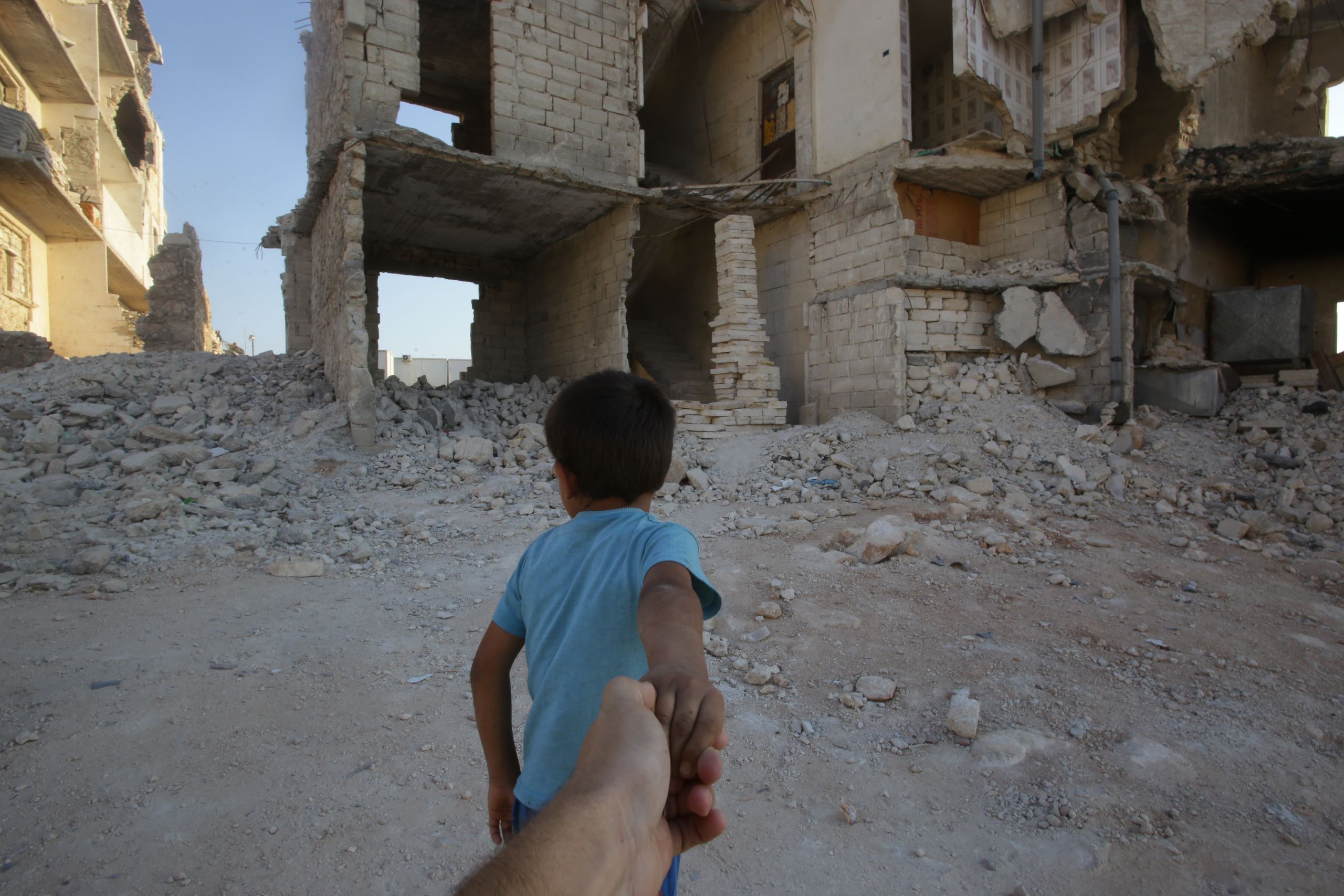
Indeed, the fear of Mahmoud’s mother was justified at the time for while families and teachers were helping the children wounded in the first airstrike, another aircraft surprised them and bombarded the school once again. On that day, 40 children were killed leaving their blood spattered over their books and desks.
“That was the most difficult situation I have ever gone through,” added Mahmoud, “Ever since, I have been unable to study well as whenever I go to sleep, I see myself in the village, with my siblings and parents, fleeing the falling bombs.”
Mahmoud is not the only one to suffer from such traumas. According to UNICEF, the number of children showing symptoms of psychological and social distress doubled in 2020. Continued exposure to violence and shocks has dramatically affected children’s mental health.
Still, many of these children suffer from nightmares and feel apprehension while in classrooms. Moreover, some students reached the 9th grade; yet, they can neither write nor read well.

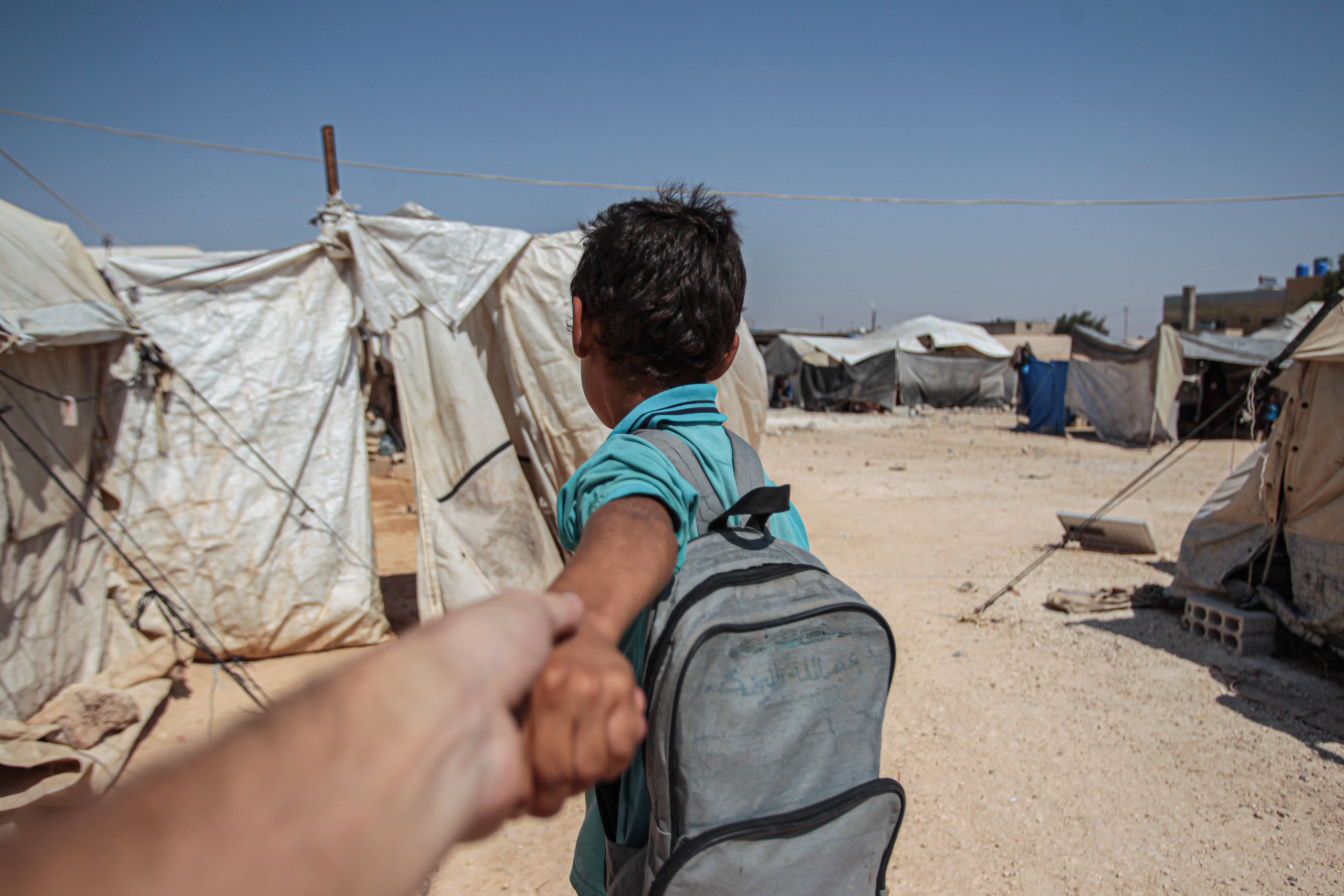
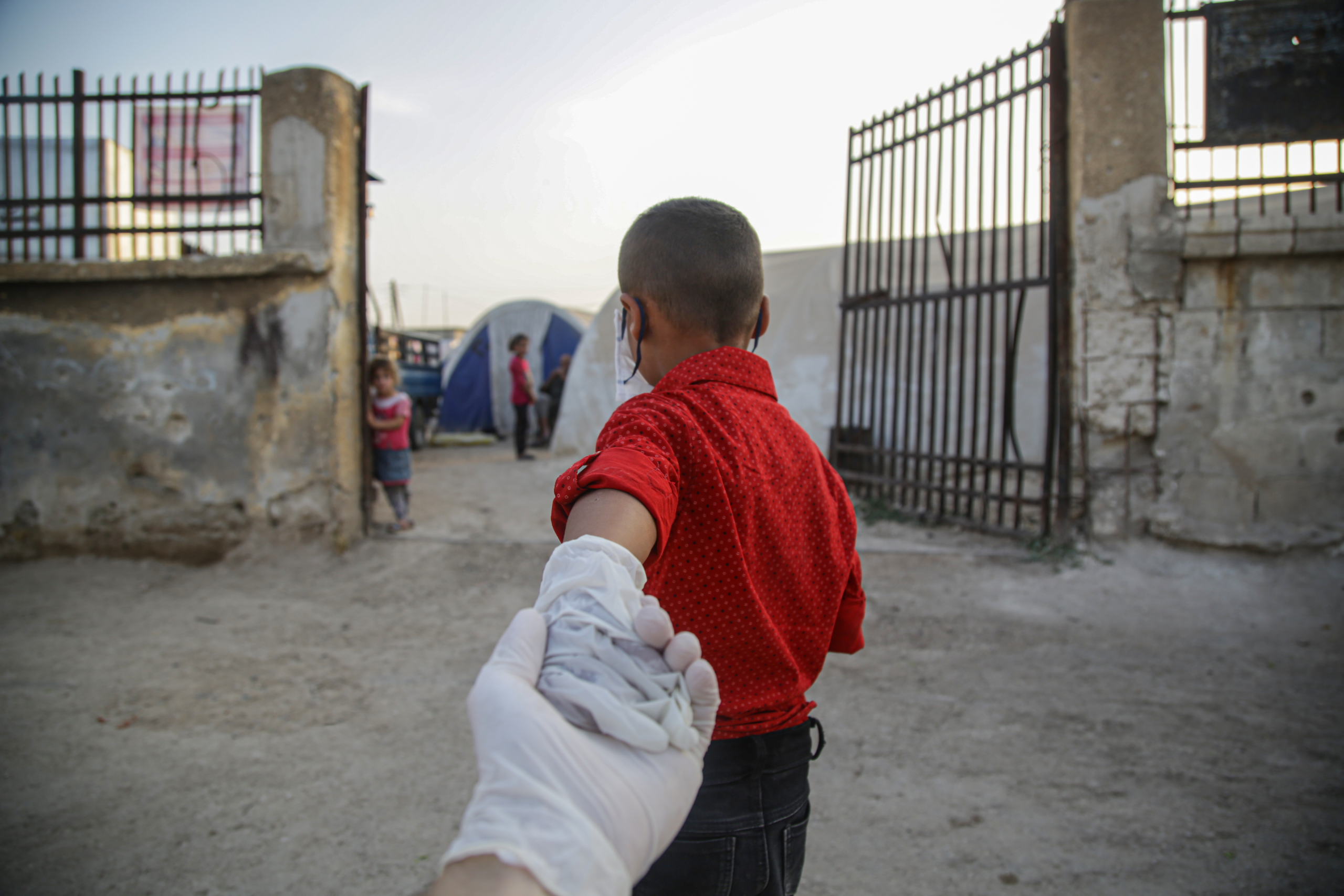
Half of Syria's Children Know Nothing but War
There is an increasing number of children who did not attend school. Upon growing up, they will face difficulties in attending and adapting to the official education later on. This will negatively affect their progress and opportunities in the long term.
Meanwhile, those who attend school face daily challenges such as overcrowded classrooms, psychological impact of horrible experiences, difficult school curricula, inappropriate teaching quality and lack of basic learning materials.
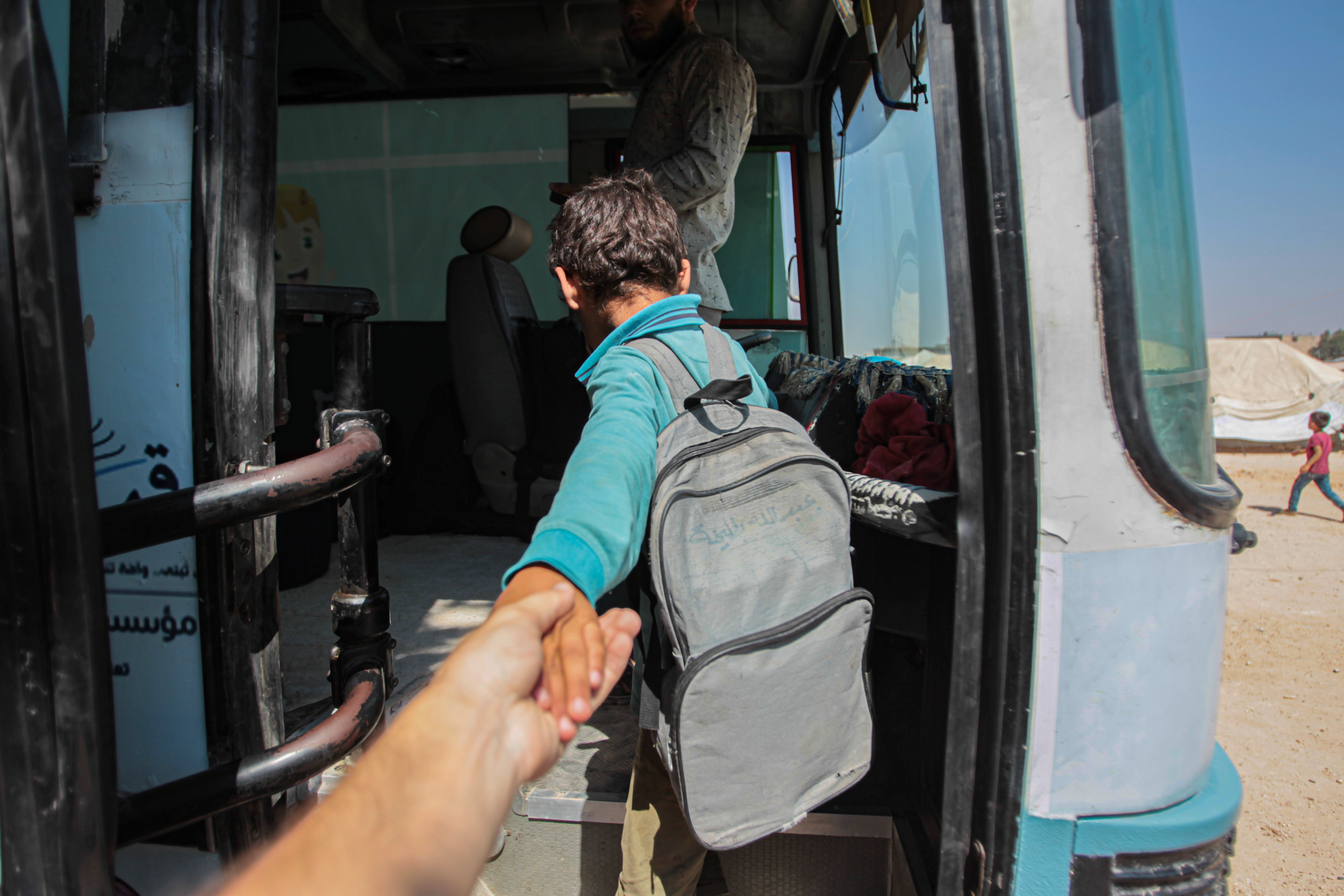
These factors put children at an increased risk of dropout. In fact, one-third of the registered children do not complete their primary school.
A school here could be a tent, a mobile caravan, a cave to protect students against shelling, or even a mere straw mat rolled out under an olive tree.
Boys and girls at the age of 5 or 6 can recognize and name every type of bombs from their noise! However, they can barely write their own names after missing the chance to learn.
More than 7,000 schools are either partly or completely destroyed
Two million children are out of school, 40percent of whom are girls
41percent of school-age children are out of school
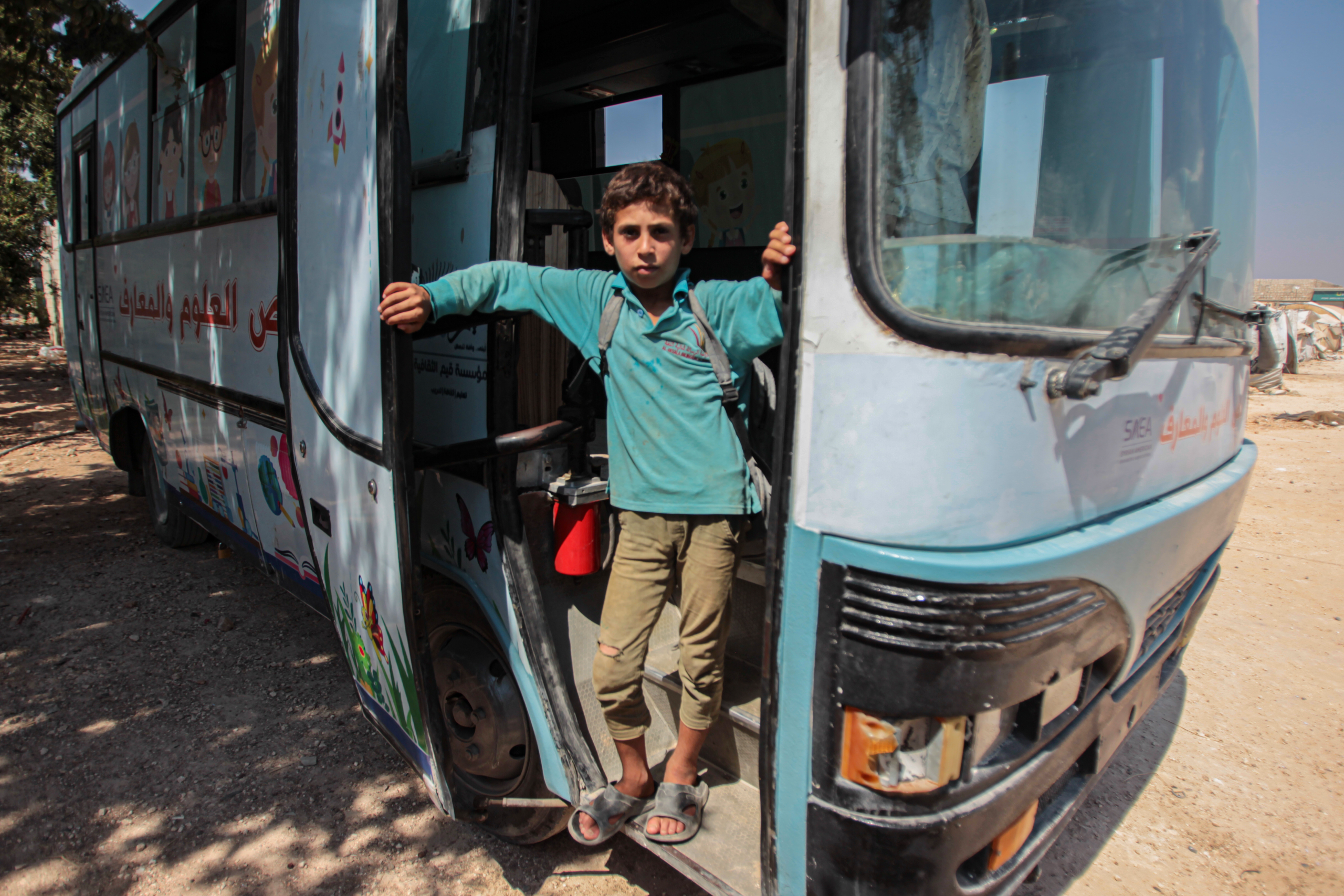
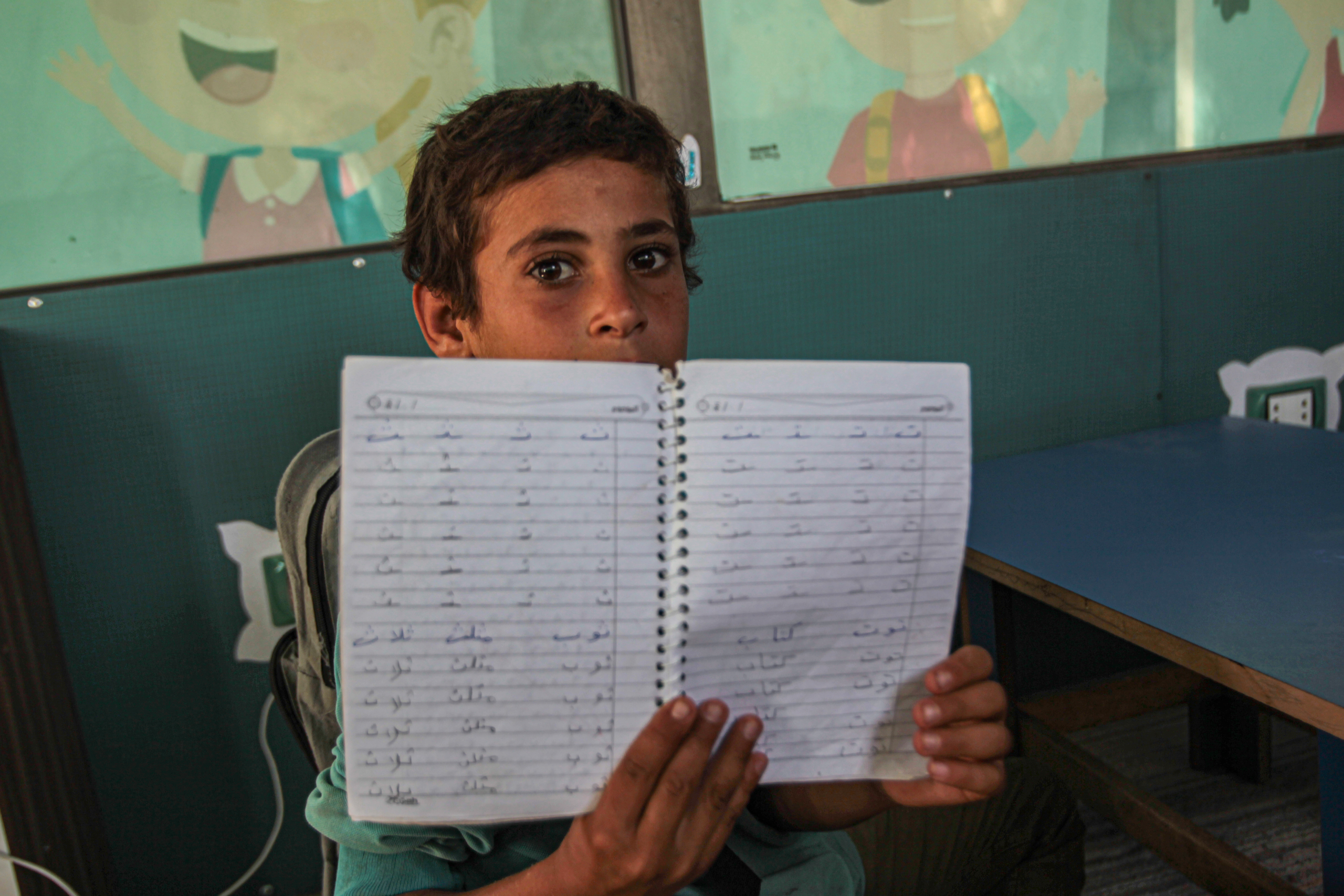
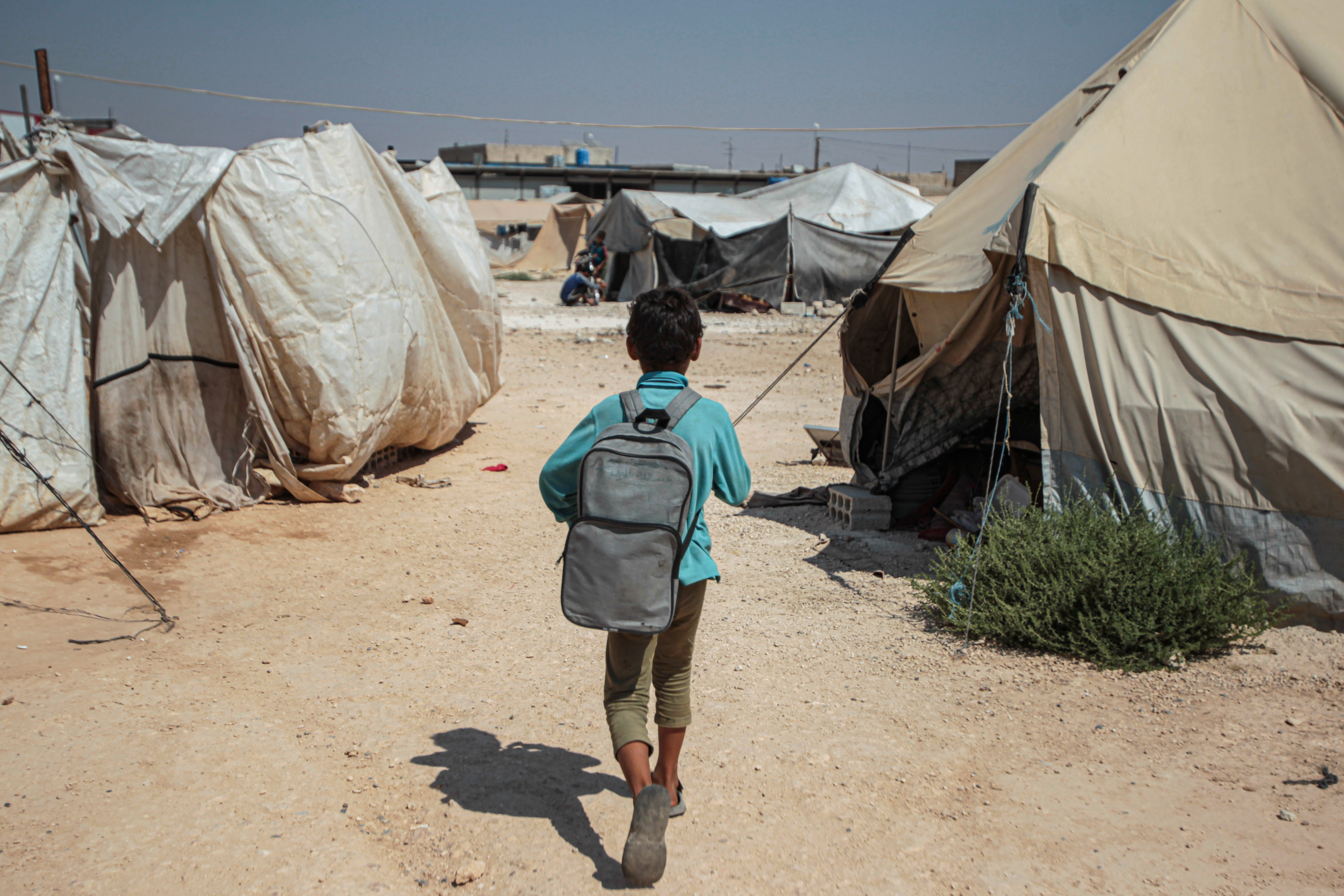

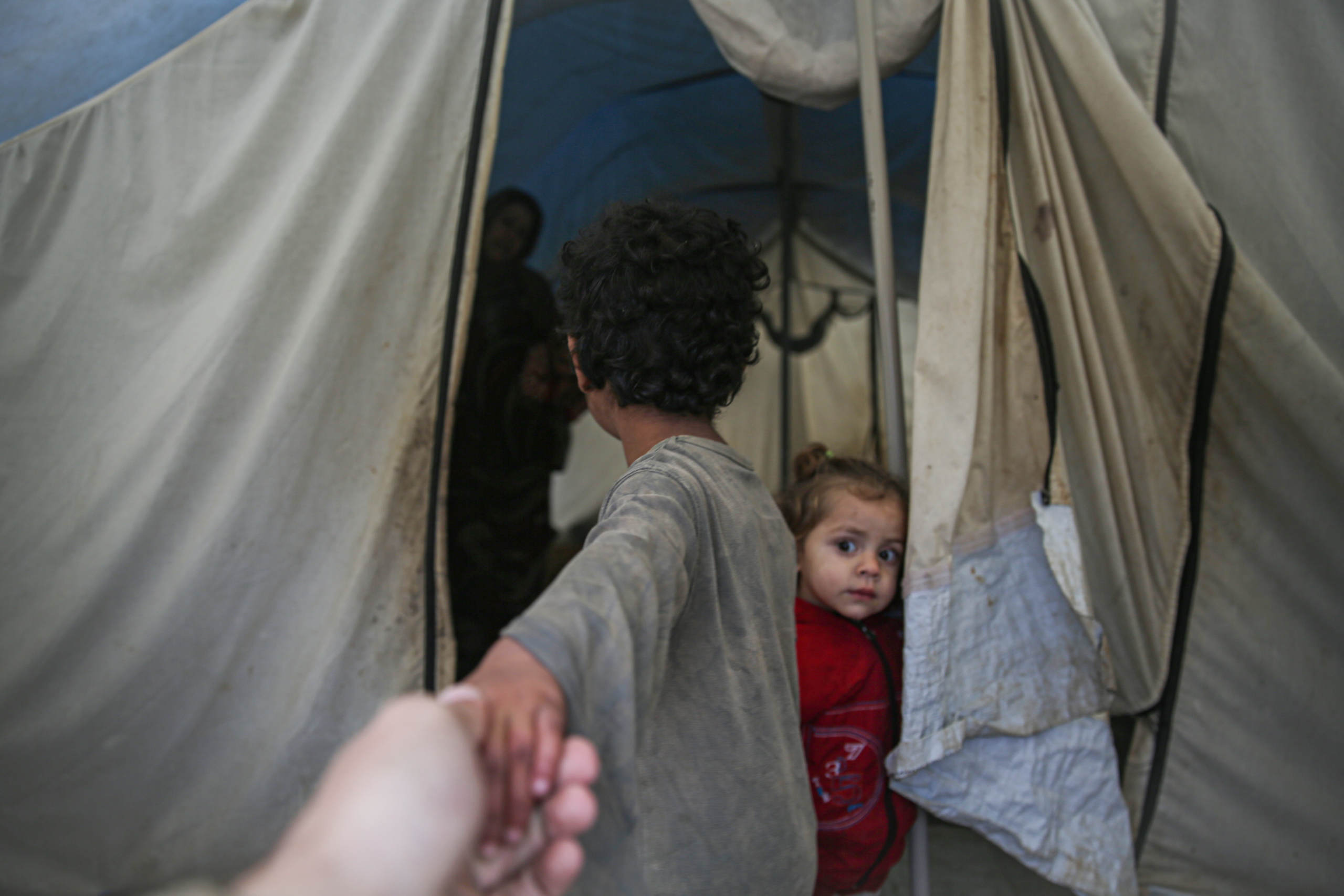
Every Night Equals a Thousand!
Winter in Refugee Camps
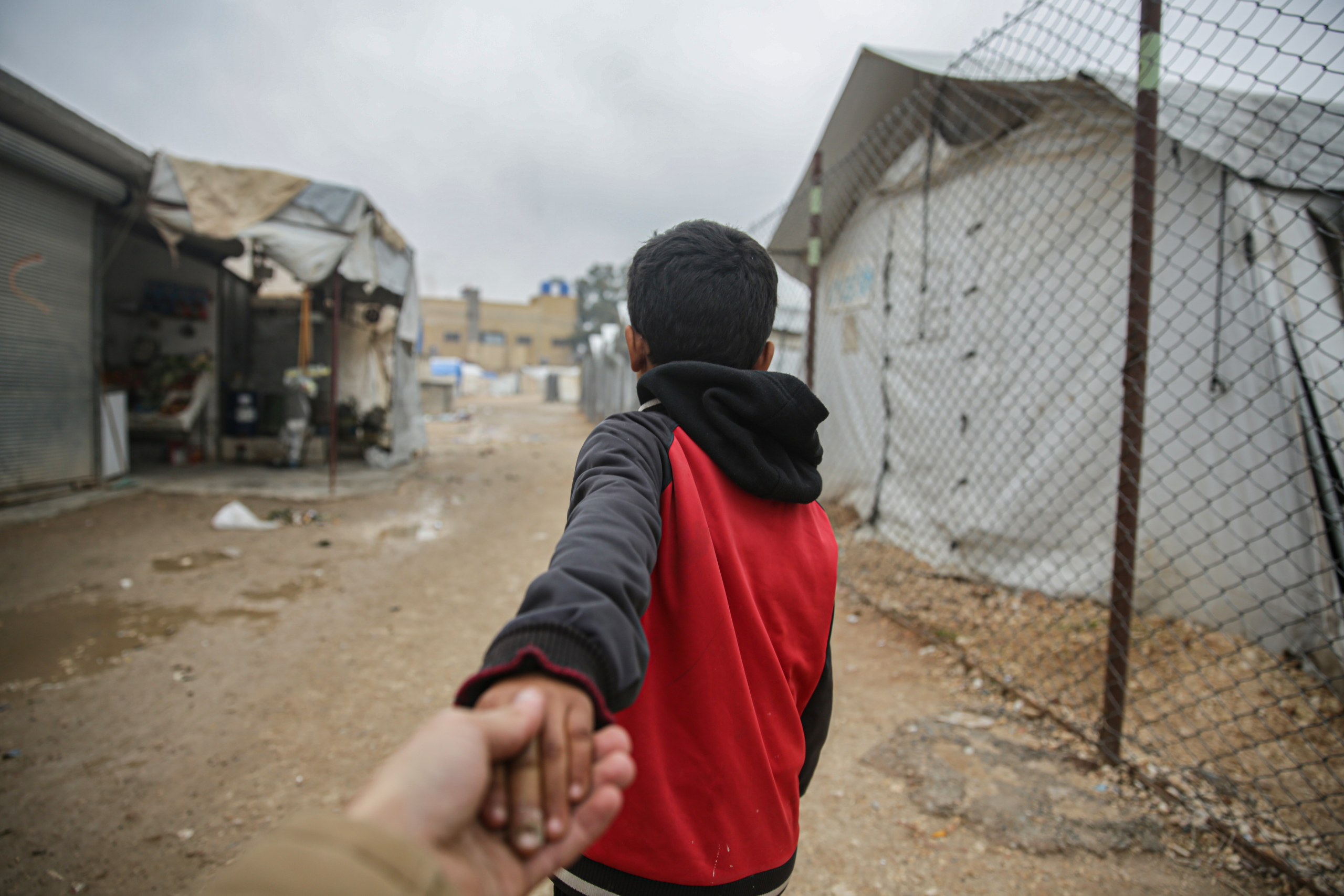
Upon asking “Aya” about her age, she shrugged her shoulders and said: “I don’t know!”; a frequent reply given by the other children we met! Indeed, they don’t know how old they are.
At the time, Aya cares about nothing but her father rescuing her toy from inside their flooded tent following heavy rain.
Although it seemed a simple wish, it was somehow impossible. The camp’s situation was miserable after heavy rains washed away a great part of it. The vast majority of the displaced were children and women who were forced to run away with nothing but the clothes on their backs. However, each of their stuff is highly valuable on cold winter days.
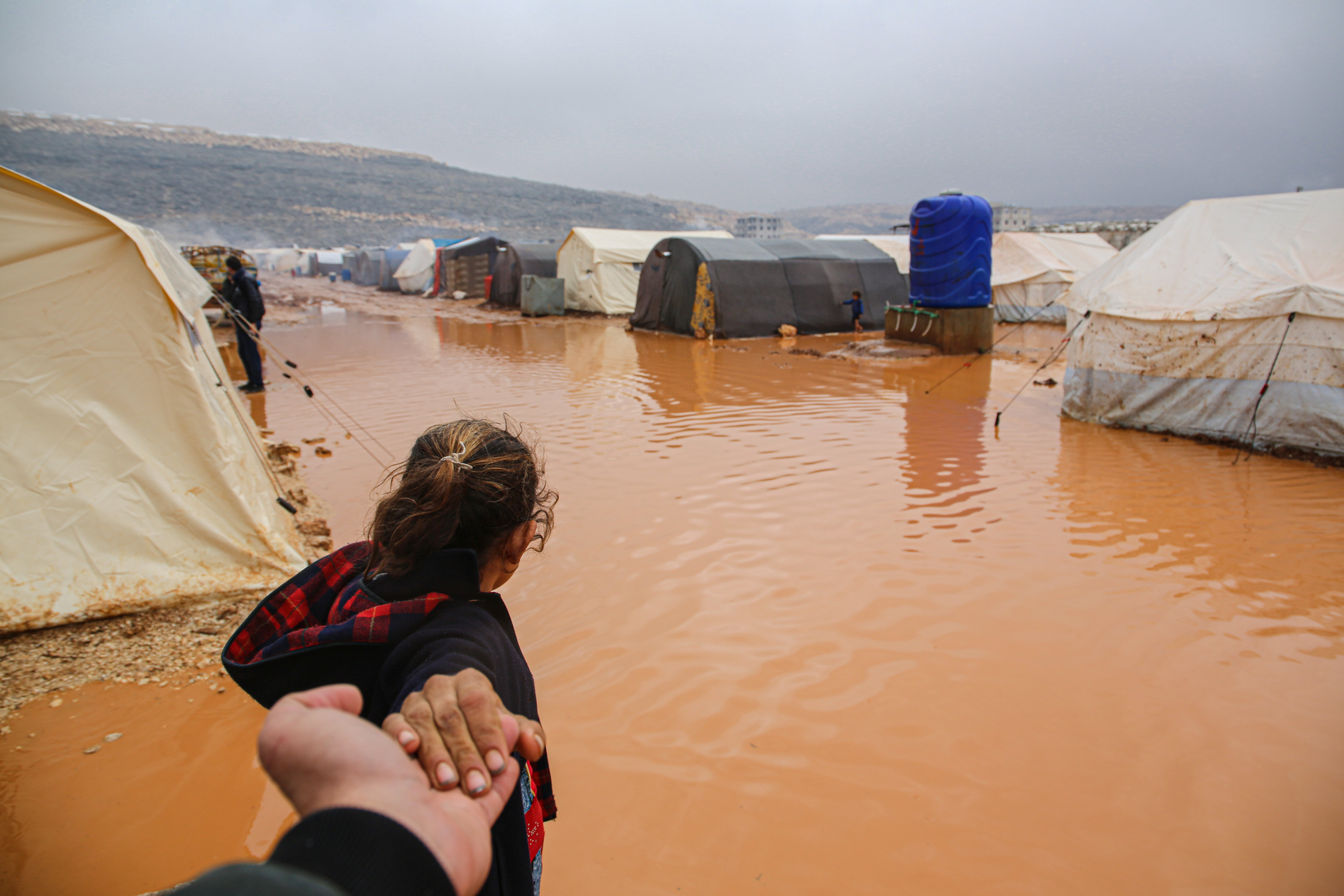
Here, children live in constant fear of waking up one day to find their tents flooded by heavy rains.
Instead of playing, studying or relaxing, these children spend winter collecting waste, debris and dried twigs to burn them and get warmth. On extremely cold days, little children are exposed to the risk of hypothermia for they cannot regulate their body temperature. Hypothermia begins with drowsiness and shivering; and in extreme cases, shivering stops and heart rate decreases.
In general, babies as little as 7 months died inside tents due to freezing cold, asphyxia or fires from the heaters used by families to get warmth.
Being promised of a new toy and tent, Aya did not weep when her father failed to find her lost toy.
Her toy was a made of rope-tied-twigs to form a girl. Now, she will get new twigs on her and her friends’ journey to find wood to sell.
Everyday Life Equation:
We Work To Eat. No Work, No Food!

Today, Aya and a great number of Syria’s displaced children are convinced that if they don’t work, they won't have food to eat! This was the case with the two siblings, Muhammad and Ahmed, whom we met while wandering in the camp.
The two boys were selling simple cooking stuff in a plastic box. “If we did not manage to sell anything, it won’t be the first time to go to bed hungry,” said Ahmed.
Over the past four months, the situation has become much worse. Estimates indicate that 6.2 million children in the country live without food; an increase of 35 percent in 4 months only!

Recent figures issued by the World Food Program showed that 12.4 million people across Syria, nearly60 percent of the population, are now facing a form of food shortage. Now, 1.3 million persons face severe food shortages and 82 percent of the whole population live in dire poverty.
This figure is the climax since the outbreak of the conflict nearly 10 years ago.
On the other hand, Save the Children, a non-profit U.K.-based fund, estimates that more than 60 percent of all children in Syria are suffering from hunger now.
A great number of the families we met have started to have fewer meals. Despite the scarce food they have for their children, a regular food item price has increased by 230 percent.
The economic deterioration in Syria has worsened the livelihood crisis for millions of families. This was exacerbated by long-standing conflict, layoffs, currency devaluation and the outbreak of Covid-19.
The Coronavirus:
Prevention and Wellness

Finding white gloves and a face mask in the little bag he opened, Abdul-Hamid felt shocked. Heexpected to find some food or a chocolate instead.
“The officials at the organization told us to regularly wash our hands with water and soap, and to keep wearing these masks and gloves to protect ourselves against Covid-19,” explained Abdul-Hamid.
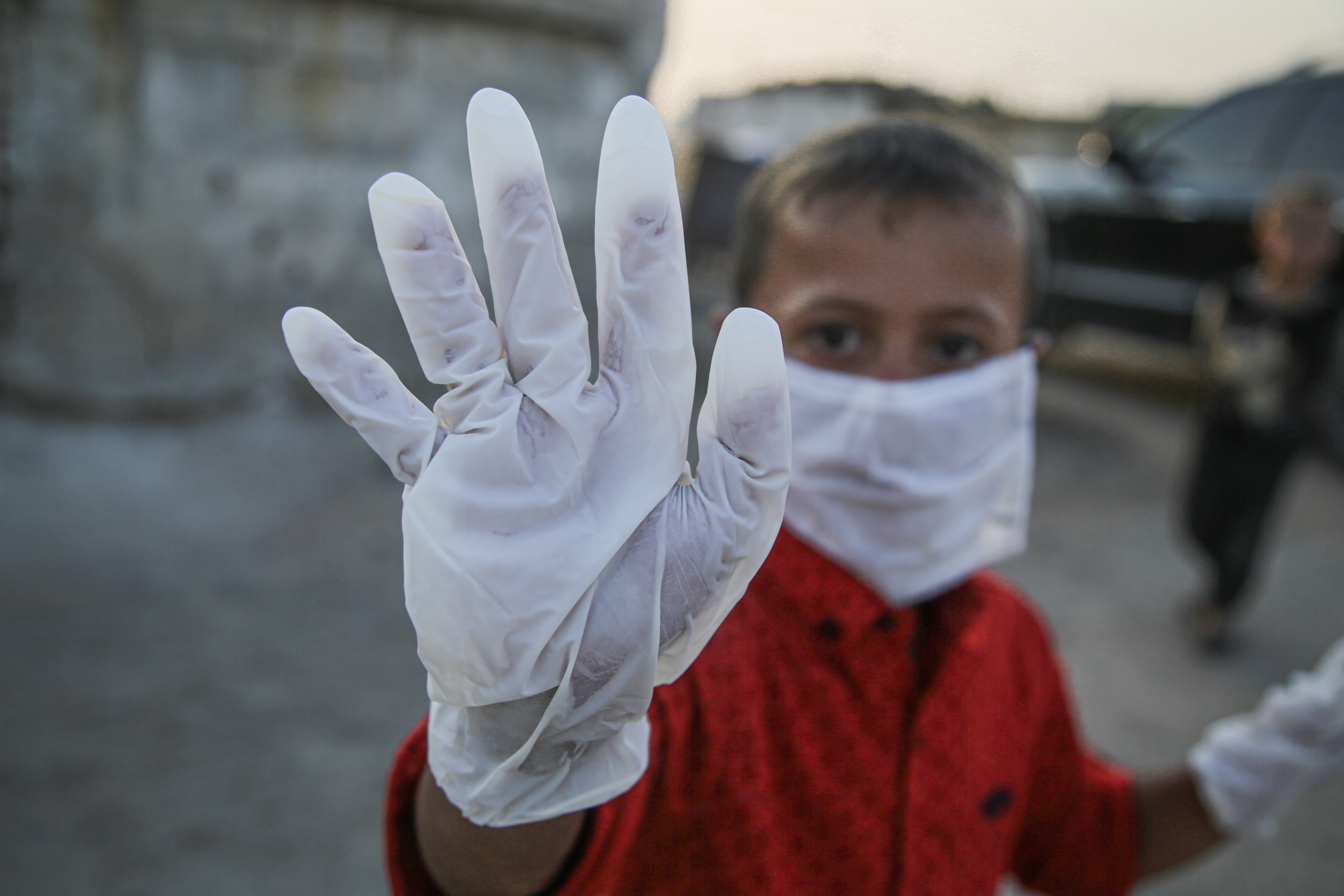
However, the problem is not about wearing these masks; it is more about how difficult it is to get water in the camp. A water tanker truck comes once a week and let people load water to be distributed later in shares, hoping it will be sufficient for a whole week. They take into consideration that the water tanker truck might come late in the following week.
In fact, they view the recommendations to frequently wash hands and to avoid direct contact with their neighbors in the tents a kind of luxury, given the complete lack of water supply in an overcrowded camp, whose residents have their own struggles searching for food or medicine. They all have one thing in common; they all wonder if they will be able to leave this camp and go back to their homes and schools.
However, Mahmoud has different concerns. Before goimg back to his tent, he surprised us with a question: “Will we ever be happy again?”
